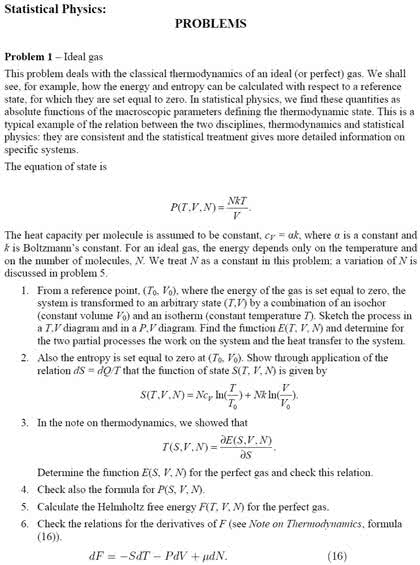Physiology 3140A Lecture : Physiological Genomics Condensed notes from class, including extras from slides and mentioned in class!
Document Summary
Physiological genomics: genetic control of cell physiology. Cellular physiology: trying to understand how cells function. Mammals have hundreds of different cell types, each with unique biological roles and specialized properties. These differences (shape, size, function) have to be taken into account when studying cell function. Most of the neurons in the brain no longer proliferate. Two main processes required for a mature, healthy organism. For each cell doubling this information must be duplicated in the process of dna-replication. Replication coupled to cell division through cell cycle. Cell division, including equal distribution of dna into the two daughter cells, occurs in the m phase (mitosis) M and s phases separated by two gap phases, g1 (cell decides what to do next; proliferate/differentiate, die, or not do anything) and g2 (prepares for mitosis) Nothing much goes on in g phases g2 shorter than g1 most decisions make in g1, but g2 can make emergency decisions too.


